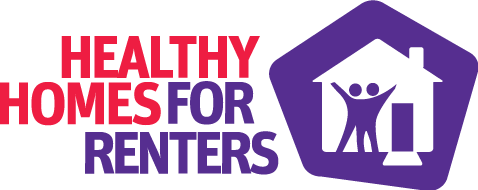Resources regarding rental requirements
There are plenty of great resources available on minimum energy efficiency standards for rentals. Some of these resources focus on the problem, others on the solution, others on the politics, and others on the policy. In this post we will collate some of our favourite resources, and we’ll keep it updated as we come across new sources of data.
Useful resources
Environment Victoria’s Bringing rental homes up to scratch (2017) is a good summary of the issue, with a focus on Victoria.
Minimum Energy Standards for Rented Properties (2020), commissioned by the Department of Industry, Science, Energy and Resources, reviews international policy approaches to minimum rental standards.
Warm, cool and energy-affordable housing policy solutions for low-income renters (2020), an AHURI report, examines energy hardship and possible policy solutions, including the role of minimum rental standards.
A great look at policy implementation in particular is Better Rentals, Better City (2018), from the Rocky Mountain Institute. This is a very practical resource looking at what is involved in actually implementing minimum rental standards in practice.
Multiple Impacts of Household Energy Efficiency (2017), produced by ACIL Allen consulting, isn’t focused on minimum rental standards in particular, but does a great job of cataloging the many, many benefits of energy efficiency (we recommend page 13 of 70).
Quantifying the benefits
Other studies have indicated the potential benefits from household energy efficiency. Some of these apply a modelling approach, others actually compare data like hospitalisation rates and look at how insulation, for example, improves household health.
Howden-Chapman, Philippa, Anna Matheson, Julian Crane, Helen Viggers, Malcolm Cunningham, Tony Blakely, Chris Cunningham, et al. “Effect of Insulating Existing Houses on Health Inequality: Cluster Randomised Study in the Community.” BMJ 334, no. 7591 (March 3, 2007): 460. https://doi.org/10.1136/bmj.39070.573032.80.
Hamilton, Ian, James Milner, Zaid Chalabi, Payel Das, Benjamin Jones, Clive Shrubsole, Mike Davies, and Paul Wilkinson. “Health Effects of Home Energy Efficiency Interventions in England: A Modelling Study.” BMJ Open 5, no. 4 (2015): 1–12. https://doi.org/10.1136/bmjopen-2014-007298.
Clinch, John Peter, and John D Healy. “Cost-Benefit Analysis of Domestic Energy Efficiency.” Energy Policy 29, no. January 2000 (2001): 113–24.
Weaver, Anthony. “Retrofitting Conventional Houses Inexpensively to Improve Energy Efficiency.” University of Tasmania, 2004. https://eprints.utas.edu.au/22436/.
Telfar-Barnard, Lucy, Nicholas Preval, Philippa Howden-Chapman, Richard Arnold, Chris Young, Tim Denne, and Arthur Grimes. “The Impact of Retrofitted Insulation and New Heaters on Health Services Utilisation and Costs, Pharmaceutical Costs and Mortality: Evaluation of Warm Up New Zealand: Heat Smart.” Ministry of Economic Development, October 2011. https://www.motu.nz/our-research/urban-and-regional/housing/the-impact-of-retrofitted-insulation-and-new-heaters-on-health-services-utilisation-and-costs-pharmaceutical-costs-and-mortality-evaluation-of-warm-up-new-zealand-heat-smart/.
